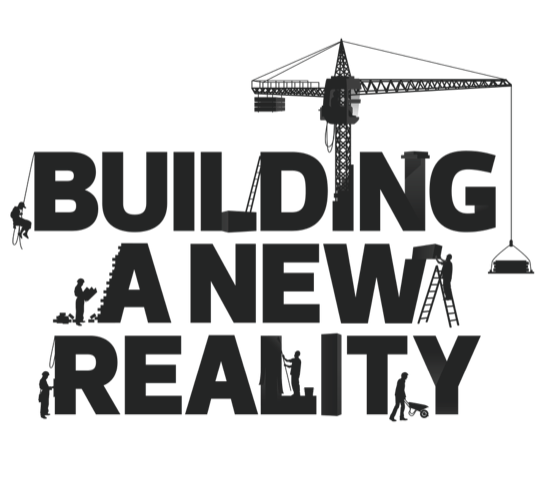We generally think of care as doing things for people, not with them.
However, whenever people and their families have meaningful voice and choice within the process of care, they experience better outcomes. Even a simple mechanism for giving voice, such as an interview evaluating the care experience of nursing home patients and their families, has been shown to improve the quality of care.
Family Group Conference (FGC)
But families are willing to do much more than give feedback. In a world where social workers often make critical decisions for clients and their families, under the right conditions, struggling families can reliably develop their own thoughtful plans and carry them out.
The family group conference (FGC), pioneered in 1989 by the government of New Zealand, engages families in solving their own problems as an alternative to government intervention. Before the courts can remove children from their homes, either for delinquency or child abuse, families must be given the opportunity to develop their own plan to keep their children at home.
The law’s most radical provision requires the authorities who convene the meeting to leave the room and allow the family to meet in private; informally called “family alone time.”
FGC’s have spread around the world.
Eigen Kracht Centrale is a Dutch social service agency that provides FGCs using hundreds of volunteer coordinators and translators to serve a diverse ethnic population.
The agency’s research has demonstrated that getting people to solve their own problems, although it costs money to convene the FGC, ends up costing the government less because people are more committed to doing things for themselves and to supporting plans that they themselves create. When there is not an FGC, typically those cases cost about twice as much for the government as those for which there was an FGC.
Rob Van Pagée, founder of Eigen Kracht Centrale, who is a fierce advocate for giving people voice and choice, remembers that when he was a young social worker, everything revolved around the professional, not the family.
“They were my families.
“They adapted to my way of working.
“They came to my office, at a time chosen by me.
“They learned my professional jargon.
“It was about my explanation of their problems.
“Our organization prescribed the solution.”
As Van Pagée came to recognize the shortcomings of the system, he embraced the New Zealand FGC and brought it to the Netherlands and other countries in Europe.
Restorative Practices
Restorative practices is an emerging new social science which studies how to restore and develop social capital, social discipline, emotional well-being and civic participation through participatory learning and decision-making.
The practices themselves have garnered significant attention in varied settings.
Community Service Foundation and Buxmont Academy are American non-profit organizations founded by Ted Wachtel (also this website’s founder), who together with his wife Susan Wachtel pioneered the use of restorative practices in education, counseling and residential programs for delinquent and at-risk youth and their families in southeastern Pennsylvania.
Stockholm City Mission in Sweden uses restorative practices effectively in its homeless shelters, engaging clients in addressing their own behavior problems, instead of responding with staff-imposed punishment that usually excludes clients from the shelter for a period of time.
Oranjehuis is a Belgian agency that employs restorative practices across all of its youth services. This includes its innovative new “Columbus” project, which has reduced waiting lists for counseling services by involving young people and their families in achieving their own “positive reorientation.”
The Sanctuary Model is an effective blueprint for clinical and organizational change that trains staff and patients or clients in a wide range of settings to create a participatory, mutually supportive, “trauma-informed” therapeutic community.
Maranatha House in Australia is a “restorative” nursing home which seeks to “deinstitutionalize” the system and “put residents in charge.” Rather than having to live each day by staff routines, residents are greeted with choices and conversations that allow them to express their needs.
CARE in a new reality replaces bureaucratic decisions with meaningful conversations about the health and well-being of individuals, families and communities.
Related Posts
How Restorative Practices Helped Me “People”
“Peopling,” as I call any social activity, takes effort. I hadn’t realized how dependent I have become on solitude as a means of social avoidance, until I attended a Restorative Practices Basic Training.


